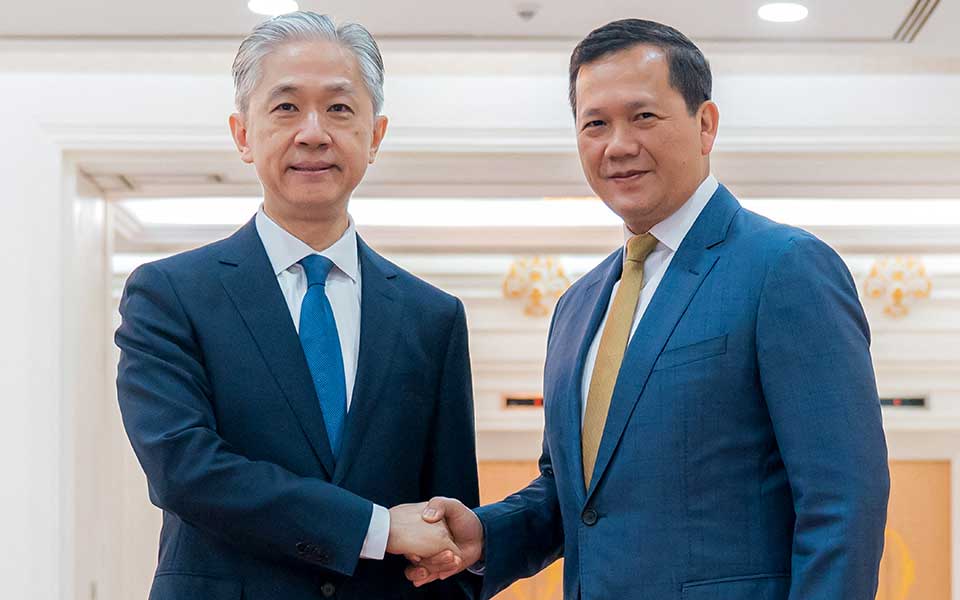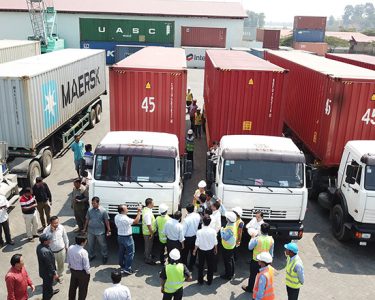By David Vann
Cambodia’s decision to start placing part of its official gold reserves inside China’s vault system — through an SGE-registered vault in Shenzhen — is a very significant signal.
It does not mean Cambodia is abandoning London or Switzerland.
It means Cambodia is no longer relying on only one side of the world’s financial infrastructure.
This is exactly the kind of diversification that countries today are quietly preparing for — a world where reserve security, liquidity access, and collateral pathways depend on multiple financial blocs, not just one system.
Why this matters?
By agreeing to store gold in China, Cambodia is positioning herself earlier than most countries to plug directly into the financial plumbing that Beijing is building — the RMB settlement ecosystem, BRICS+ trade infrastructure, and the bullion-collateral networks that China wants to use as an alternative to the traditional London-centric model.
Practically, this gives Cambodia more options.
If Phnom Penh needs liquidity in the future — for imports, for stabilizing the Riel, for managing external shocks — it will not only be dependent on USD or London markets to move that gold around.
It will have the ability to raise RMB liquidity directly through China channels, faster, and at potentially better terms, because the metal is already inside China’s custody chain.
What this can unlock
In the next 1–2 years:
- Cambodia can use this gold to back RMB-based trade finance for Chinese imports — fuel, machinery, construction inputs — which are big parts of its import bill.
- This improves day-to-day balance of payment management.
- It creates bargaining power. Cambodia can negotiate reserve custody terms — pricing, conditions, bar audit rights — because now it has alternative venues.
Later — in 3–5 years — this forms a foundation for a more sovereign reserve management posture:
- Cambodia could run gold-based credit programs for local banks who import from China.
- Cambodia can toggle between USD funding and RMB funding during shocks.
- Cambodia can avoid “single gate” dependence risk on one Western vaulting jurisdiction.
But it still requires discipline
China’s gold custody framework is newer for foreign sovereigns.
Cambodia must be extremely strict on documentation:
- full allocated bars (not pooled metal)
- bar-level serials and independent audits
- clear legal jurisdiction clauses
At the same time, Cambodia must not remove all gold from London and Switzerland.
London remains the core instant-liquidity venue for emergencies.
So the smartest move is a split — part in London/Swiss for global convertibility, part in China for BRICS+ RMB-linked liquidity.
The bigger picture
Central banks everywhere are increasing their gold share and relying slightly less on the US dollar.
Cambodia’s move is not strange — it is early.
By doing this now, Cambodia is not “choosing sides.”
It is hedging the future.
The world is moving toward a multi-system reserve landscape — one Atlantic, one Eurasian, and one digital.
Cambodia is making sure it has a key in all three doors.
This is the real strategic significance.
VAN David
10-11-2025
David Van is an experienced and savvy business and policy advisor. He is adept in Government Relations Advisory Services, Blended Finance and PPP Conceptualization with four decades of experience with international firms in regional senior management roles and the development world in South-East Asia. He is Multi-Sectoral, Multicultural and multilingual fluent in English, Cambodian, French and Chinese.





